John Szarkowski
“This is the man who taught us how to look at photographs. Szarkowski held the position of director of photography at the Museum of Modern Art, New York, from 1962 to 1991, succeeding Edward Steichen in that role. MOMA produced 160 exhibitions of photography under his leadership. He championed the careers of many visionary photographers, including Garry Winogrand, Diane Arbus and Lee Friedlander. He also authored a number of books, including the classic work Looking at Photographs: 100 Pictures from the Collection of the Museum of Modern Art, published in 1973.”
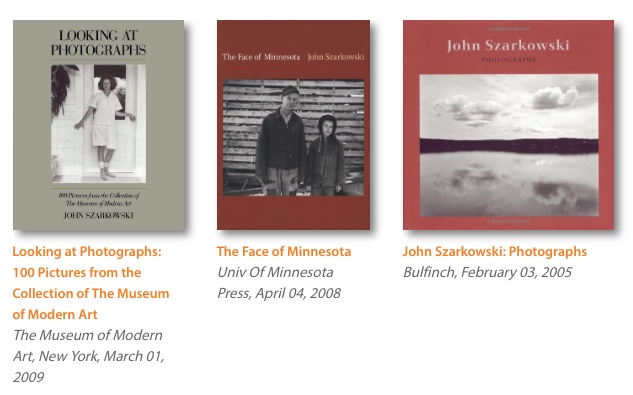
Image and words taken from Casper, J (Not known) John Szarkowski Photographs Old and new photographs made by the legendary curator and critic., Available at: https://www.lensculture.com/articles/john-szarkowski-john-szarkowski-photographs(Accessed: 28/03/2017).
New York, Museum of Modern Art Mirrors and Windows
“Rather than being an encyclopedic survey of the achievements of individual photographers, the exhibition shows pictures that exemplify the range of concerns of recent photography. Among those whose work can be seen in MIRRORS AND WINDOWS are Diane Arbus, Paul Caponigro, Mark Cohen, Judy Dater, Bruce Davidson, William Eggleston, Elliott Erwitt, Lee Friedlander, Ernst Haas, Robert Heinecken, Les Krims, Ray Metzker, Joel Meyerowitz, Tod Papa- george, Robert Rauschenberg, Ed Ruscha, Stephen Shore, George Tice, Jerry Uelsmann, and Garry Winogrand.
Lee Friedlander”. Text taken from a press release MoMA (Not known) Mirrors and Windows FORIMMEDIATE RELEASE American Photography since 1960, Available at: http://www.moma.org/d/c/press_releases/W1siZiIsIjMyNzE1NCJdXQ.pdf?sha=d8119b413eb7ffaa (Accessed: 28/03/2017).

The above is an extract from the Windows and Mirrors catalogue MoMA (Not known) Mirrors and windows : American photography since 1960 John Szarkowski, Available at: MoMA (Not known) Mirrors andWindows FORIMMEDIATE RELEASE American Photography since 1960, Available at: http://www.moma.org/d/c/press_releases/W1siZiIsIjMyNzE1NCJdXQ.pdf?sha=d8119b413eb7ffaa (Accessed: 28/03/2017). (Accessed: 28/03/2017).
Diane Arbus
She mainly photographed people who did not fit and were marginalised for whatever reason. Her images polarise viewers, some are disgusted, whilst some are compassionate, and sympathetic. She is at very least brilliant, tinged with a good serving of controversy. She also used square images which is very unconventional and unusual.
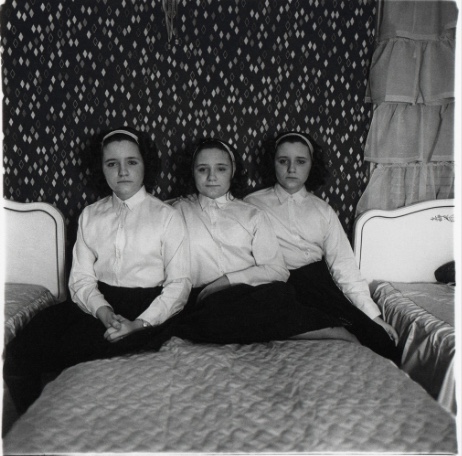
Image taken from Robert Klein Gallery (2017) Triplets in Their Bedroom, 1963, Available at: https://www.artsy.net/artwork/diane-arbus-triplets-in-their-bedroom (Accessed: 28/03/2017).
Garry Winogrand
“Winogrand photographed the visual cacophony of city streets, people, rodeos, airports and animals in zoos. These subjects are among his most exalted and influential work. Winogrand was the recipient of numerous grants, including several Guggenheim Fellowships and a National Endowment for the Arts Fellowship. His work has been the subject of many museum and gallery exhibition, and was included in the 1967 “New Documents” exhibition, curated by John Szarkowski at the Museum of Modern Art, New York.”

Images and text taken from Cascone, S (2017) GARRY WINOGRAND, Available at: https://fraenkelgallery.com/artists/garry-winogrand (Accessed: 28/03/2017).
Tate; – Cruel and Tender
“What is the place of documentary photography in art? This is the central question raised by Tate’s first major exhibition devoted to photography, which includes an axis of the most highly acclaimed American and German image-makers of the past century.” Then from Ratcliff, C (2003) Cruel and Tender | Tate, Available at: http://www.tate.org.uk/context-comment/cruel-and-tender (Accessed: 31/03/2017).
August Sander
“August Sander (17 November 1876 – 20 April 1964) was a German portrait and documentary photographer. Sander’s first book Face of our Time (German title: Antlitz der Zeit) was published in 1929. Sander has been described as “the most important German portrait photographer of the early twentieth century.”

Image and text taken from Unknown (2017) August Sander | The life, history and work of August Sander, Available at: http://augustsander.com (Accessed: 31/03/2017).
Lewis Baltz
” Often displayed in a grid format, it is important to Baltz that his pictures be seen collectively as a group or series. The series format suits his desire that no one image be taken as more true or significant than another, encouraging the viewer to consider not just the pictures but everything outside of the frame as well, emphasizing the monotony of the man-made environment. The pictures themselves resist any single point of focus, framed as they are to present the scene as a whole without bringing attention to any particular element within.”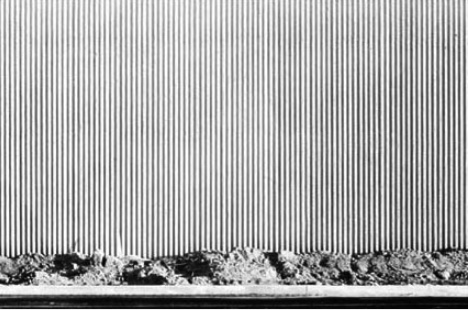
Image and text taken from Columbia College Chicago (2017) Museum of Contemporary Photography, Available at: http://www.mocp.org/detail.php?type=related&kv=6860&t=people (Accessed: 31/03/2017).
Philip-Lorca DiCorcia
The following is a famous quote and is very apt for this module ““I think it’s a sense of disappointment after realizing that most of the time they’re being lied to,” diCorcia has observed of his audience’s reaction to ambiguous nature of his photographs. “And what medium has a stronger relationship to people’s idea of the truth than one that is supposed to be an accurate representation of reality?”
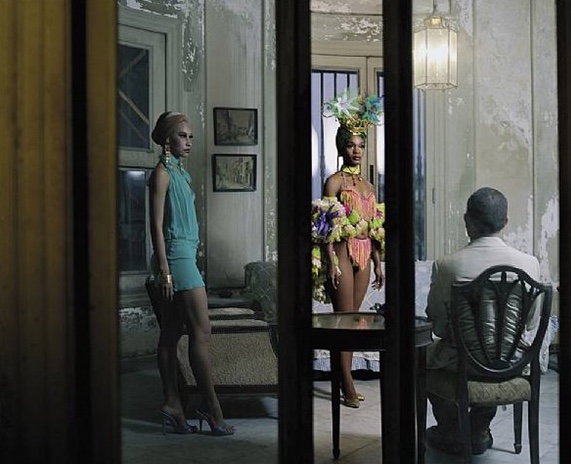
Quote and image taken from Artnet Worldwide Corporation (2017) Philip-Lorca diCorcia | art net, Available at: http://www.artnet.com/artists/philip-lorca-dicorcia/ (Accessed: 31/03/2017).
William Eggleston
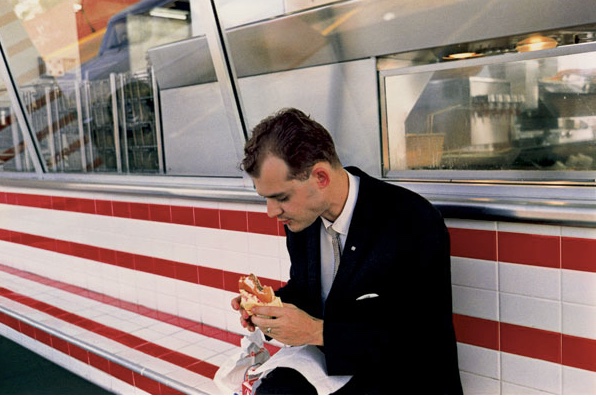
Image taken from Eggleston, W (2017) WILLIAM EGGLESTON, Available at: http://www.egglestontrust.com (Accessed: 31/03/2017).
Eggleston is perhaps the photographer who can be mainly credited with mantle of being responsible for the increase in colour photography per se
Tate – Street and Studio
“Street & Studio brings out the contrast between the photos taken in the carefully orchestrated studio, and images captured in the changing and uncontrollable street, whilst highlighting the crossovers between the genres and their influence on each other.” Quote taken from Tate (2008) Street & Studio | Exhibition at Tate Modern | Tate, Available at: http://www.tate.org.uk/whats-on/tate-modern/exhibition/street-studio (Accessed: 31/03/2017).
Paul Seawright – Sectarian Murders Plus
“Sectarian Murder revisited the sites of Sectarian attacks during the 1970’s close to where Seawright grew up in Belfast. The texts are from newspaper reports at the time and document the murders of innocent civilians, killed for their perceived religion. Reference to Protestant or Catholic background was removed from the text. Exhibited in more than 20 countries, most recently in Planet Parr in Munich and Paris, The Troubles Archive – OBG Belfast and the British Council Collection exhibition at London Whitechapel Gallery.”
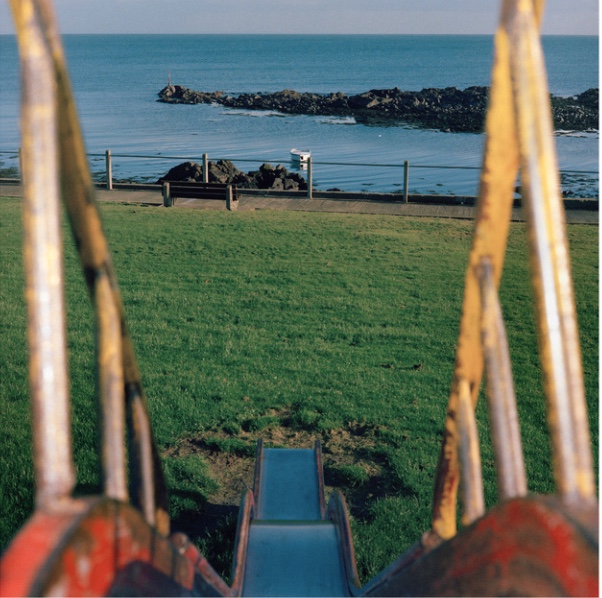
Quote and image taken from Seawright, P (Not known) Sectarian Murder — Paul Seawright, Available at: http://www.paulseawright.com/sectarian/ (Accessed: 31/03/2017).
There is a research point, set by the course on the following video and my response f[will follow the link. Imperial War Museum (2014) Catalyst: Paul Seawright on Vimeo, Available at: https://vimeo.com/76940827 (Accessed: 31/03/2017).
Firstly the clip is extremely short in length but contains a number of interesting points.
- without context the images from the Section Murders series do take on a different meaning. Once he context is known, this cannot be unknown and brings a whole new perspective to the series and yes I agree with him that from this series the context is paramount.
- he also feels that the viewer must be able to make his own mind up as to how to view the image. I can partially agree with this but I also feel that this is somewhat contradictory with giving an image a caption. Yes the caption gives the context, but it then guides you how to partially read the image.
- there is no longer (if it ever existed thoroughly) a clear boundary between documentary and art photography. the boundaries are now blurred and I feel this is demonstrated somewhat in the Tate exhibition where boundaries/genres are crossing over.
- art and documentary photography are two different genres but I am not convinced there is any problem with how we define a piece of work. Both types of work are now displayed in galleries and museum and it is down to the viewer to decide what to read and how to read it. For instance my wife would not be interested in genres and definitions , but she would be interested in what the image says to her and if she likes it. We sometimes are too snobby about this which puts people off such courses as this and some people simply want to enjoy images irrespective of meaning, boundaries and genres.
Sarah Pickering ; – Public Order
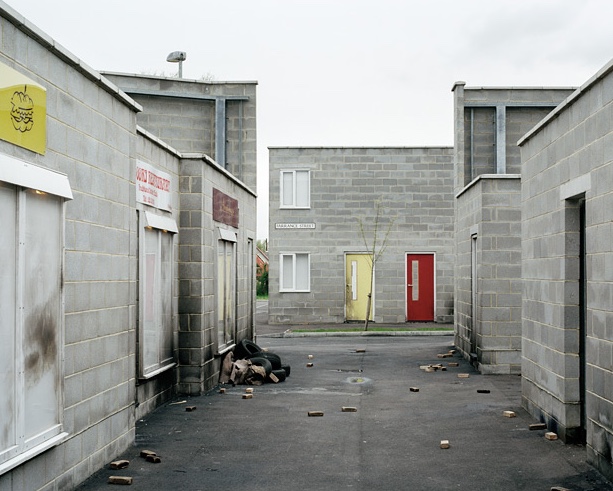
Image taken from Pickering, S (2016) Sarah Pickering, Available at: http://www.sarahpickering.co.uk/Works/Pulic-Order/workpg-20.html (Accessed: 31/03/2017).
Having looked at the works on Pickering’s website, I feel the images (as seen above) make me feel uneasy. The image above could be a post apocalyptic image. Where are the people, who created the mess, when did it happen, what year did this happen. When you add the context to the images my feelings change and I see this as documenting an area of life I have never seen before. In my opinion the narrative of the series is clear, once the series is given context and is not misleading. It may be thought-provoking and that is what good photography should do.
Alelessandra Sanguinettie
“As with her previous, much-acclaimed monograph On the Sixth Day [Nazraeli Press, 2006] this work is far more than straight documentary. To witness the evolving relationship between Guille and Belinda is to be privy to a touching, entertaining and utterly captivating interaction. At the same time there is the subtle awareness of a second relationship, that of this delightful pair and their photographer. The Adventures of Guille and Belinda and the Enigmatic Meaning of their Dreams follows the cousins for five years, from pre-teen to adolescent, as they play, dream and unwind their way through the secret enchantment that is childhood.”
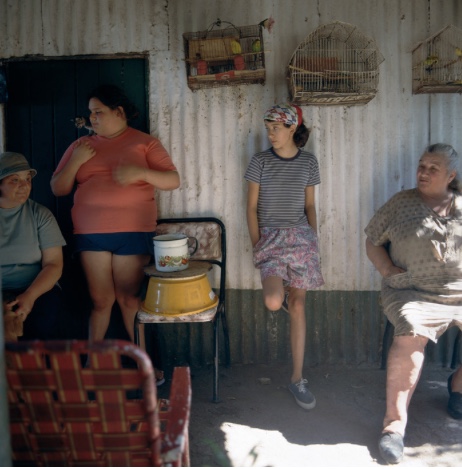
Quote abd text taken from Magnum Photos (2017) The Adventures of Guille and Belinda and The Enigmatic Meaning of Their Dreams, Available at: https://www.magnumphotos.com/arts-culture/alessandra-sanguinetti-the-adventures-of-guille-and-belinda-and-the-enigmatic-meaning-of-their-dreams/ (Accessed: 31/03/2017).
My thoughts on documentary photography and what characteristics it should have are listed below. However the boundaries are now more blurred than in the day of August Sander in 1914.
- photography that freezes a part of reality
- displays and message that holds meaning
- documents what is happening in certain parts of the world
- in order to convey a meaningful message about what is happening in the world
- neutral
- has context
- objective
My thoughts on art photography and characteristics are below.
- personal
- atmospheric
- not neutral
- creative vision on behalf of the photographer
- makes you think inside and outside the frame
- it’s reading will generally take more time than documentary photography
- subjective
- you can create the narrative